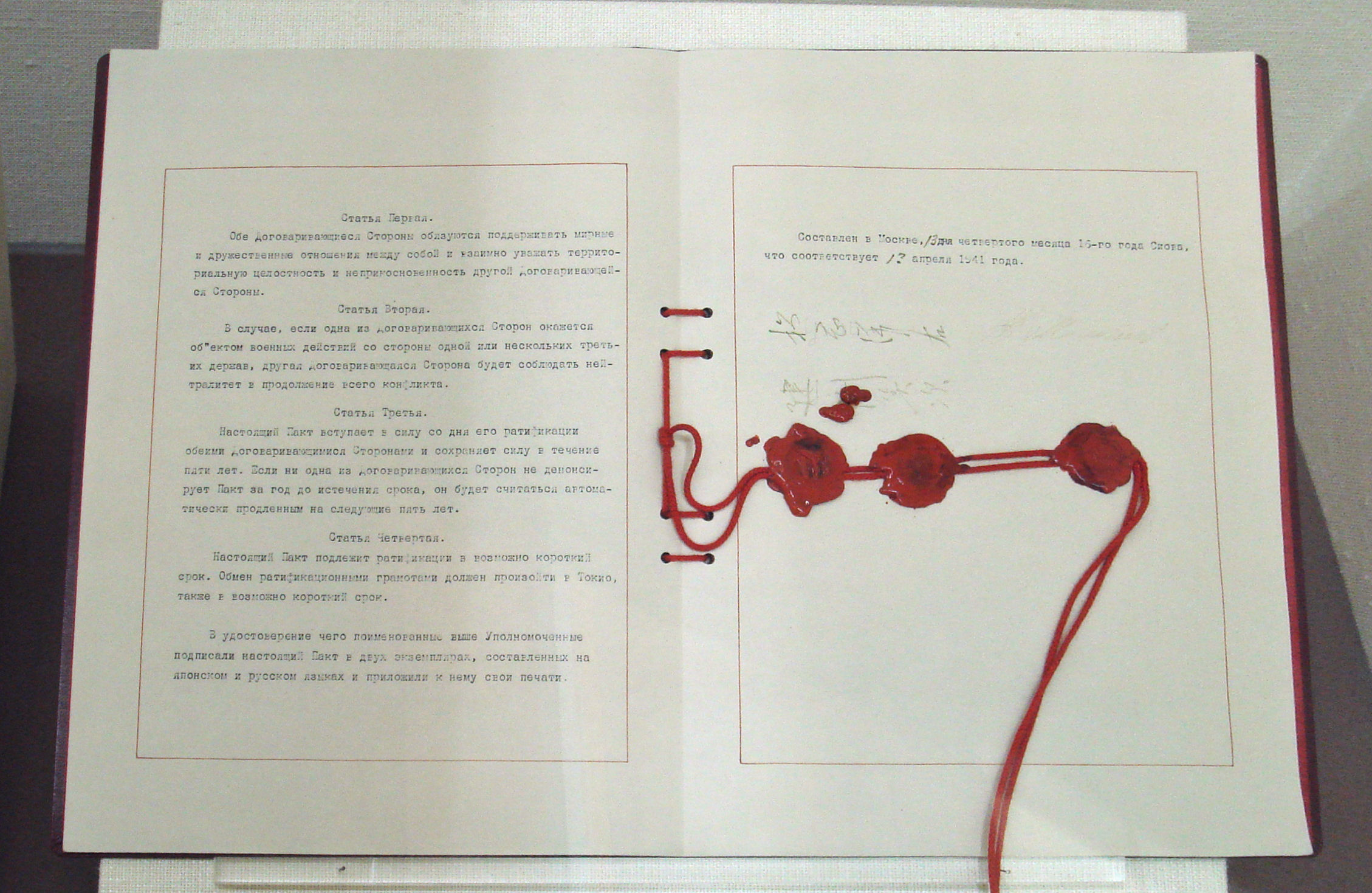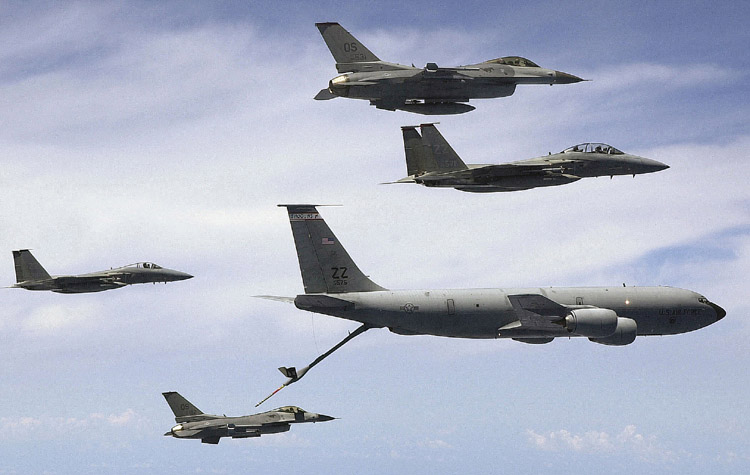|
Military History Of The Philippines During World War II
The Commonwealth of the Philippines was attacked by the Empire of Japan on 8 December 1941, nine hours after the attack on Pearl Harbor (the Philippines is on the Asian side of the international date line). Although it was governed by a semi-independent commonwealth government, the United States of America controlled the Philippines at the time and possessed important military bases there. The combined Filipino-American army was defeated in the Battle of Bataan and the Battle of Corregidor in April 1942, but guerrilla resistance against the Japanese continued throughout the war. Uncaptured Filipino army units, a communist insurgency, and supporting American agents all played a role in the resistance. Due to the huge number of islands, the Japanese never occupied many of the smaller and more minor islands. Japanese control over the countryside and smaller towns were often tenuous at best. In 1944, Allied forces liberated the islands from Japanese control in a naval invasion. B ... [...More Info...] [...Related Items...] OR: [Wikipedia] [Google] [Baidu] |
Commonwealth Of The Philippines
The Commonwealth of the Philippines ( es, Commonwealth de Filipinas or ; tl, Komonwelt ng Pilipinas) was the administrative body that governed the Philippines from 1935 to 1946, aside from a period of exile in the Second World War from 1942 to 1945 when Japan occupied the country. It was established following the Tydings–McDuffie Act to replace the Insular Government, a United States territorial government.. The Commonwealth was designed as a transitional administration in preparation for the country's full achievement of independence. Its foreign affairs remained managed by the United States. During its more than a decade of existence, the Commonwealth had a strong executive and a Supreme Court. Its legislature, dominated by the Nacionalista Party, was at first unicameral, but later bicameral. In 1937, the government selected Tagalog – the language of Manila and its surrounding provinces – as the basis of the national language, although it would be many years befor ... [...More Info...] [...Related Items...] OR: [Wikipedia] [Google] [Baidu] |
Soviet–Japanese Neutrality Pact
The , also known as the , was a non-aggression pact between the Soviet Union and the Empire of Japan signed on April 13, 1941, two years after the conclusion of the Soviet-Japanese Border War. The agreement meant that for most of World War II, the two nations fought against each other's allies but not against each other. In 1945, late in the war, the Soviets scrapped the pact and joined the Allied campaign against Japan. Background After the Fall of France and then the expansion of the Axis Powers, the Soviet Union wished to mend its diplomatic relations in the Far East to safeguard its eastern border and to concentrate on the European Theatre of World War II. On the other hand, the Empire of Japan was bogged down in a seemingly-interminable war against China and had rapidly-deteriorating diplomatic relations with the United States. Those factors made the Japanese seek an accommodation with the Soviet Union to improve its international standing and to secure the northern bor ... [...More Info...] [...Related Items...] OR: [Wikipedia] [Google] [Baidu] |
Tydings–McDuffie Act
The Tydings–McDuffie Act, officially the Philippine Independence Act (), is an Act of Congress that established the process for the Philippines, then an American territory, to become an independent country after a ten-year transition period. Under the act, the 1935 Constitution of the Philippines was written and the Commonwealth of the Philippines was established, with the first directly elected President of the Philippines. (Direct elections to the Philippine Legislature had been held since 1907.) It also established limitations on Filipino immigration to the United States. The act was authored in the 73rd United States Congress by Senator Millard E. Tydings ( Dem.) of Maryland and Representative John McDuffie ( Dem.) of Alabama, and signed into law by President Franklin D. Roosevelt. Provisions The Tydings–McDuffie Act specified a procedural framework for the drafting of a constitution for the government of the Commonwealth of the Philippines within two years of i ... [...More Info...] [...Related Items...] OR: [Wikipedia] [Google] [Baidu] |
Manuel L
Manuel may refer to: People * Manuel (name) * Manuel (Fawlty Towers), a fictional character from the sitcom ''Fawlty Towers'' * Charlie Manuel, manager of the Philadelphia Phillies * Manuel I Komnenos, emperor of the Byzantine Empire * Manuel I of Portugal, king of Portugal Places *Manuel, Valencia, a municipality in the province of Valencia, Spain *Manuel Junction, railway station near Falkirk, Scotland Other * Manuel (American horse), a thoroughbred racehorse * Manuel (Australian horse), a thoroughbred racehorse *Manuel and The Music of The Mountains Geoffrey Love (4 September 1917 – 8 July 1991) was a prolific British arranger and composer of easy listening and pop versions of film themes. He became famous in the late 1950s, playing under the pseudonym of Manuel and The Music of The ..., a musical ensemble * ''Manuel'' (album), music album by Dalida, 1974 See also * Manny, a common nickname for those named Manuel {{disambiguation ... [...More Info...] [...Related Items...] OR: [Wikipedia] [Google] [Baidu] |
President Of The Senate Of The Philippines
The president of the Senate of the Philippines ( fil, pangulo ng Mataas na Kapulungan ng Pilipinas or ), commonly known as the Senate president, is the presiding officer and the highest-ranking official of the Senate of the Philippines, and third highest and most powerful official in the government of the Philippines. They are elected by the entire body to be their leader. The Senate president is second in the line of succession to the presidency, behind only the vice president and ahead of the speaker of the House of Representatives. The current Senate president is Juan Miguel Zubiri. He was elected on July 25, 2022, the first day of the 19th Congress. Election The Senate president is elected by the majority of the members of the Senate from among themselves; Since there are 24 senators, 13 votes are needed to win the Senate presidency, including any vacant seats or senators not attending the session. Although Senate presidents are elected at the start of each Congress, th ... [...More Info...] [...Related Items...] OR: [Wikipedia] [Google] [Baidu] |
Herbert Hoover
Herbert Clark Hoover (August 10, 1874 – October 20, 1964) was an American politician who served as the 31st president of the United States from 1929 to 1933 and a member of the Republican Party (United States), Republican Party, holding office during the onset of the Great Depression in the United States. A self-made man who became rich as a mining engineer, Hoover led the Commission for Relief in Belgium, served as the director of the U.S. Food Administration, and served as the U.S. Secretary of Commerce. Hoover was born to a Quaker family in West Branch, Iowa, but he grew up in Oregon. He was one of the first graduates of the new Stanford University in 1895. He took a position with a London-based mining company working in Australia and China. He rapidly became a wealthy mining engineer. In 1914 at the outbreak of World War I, he organized and headed the Commission for Relief in Belgium, an international relief organization that provided food to occupied Belgium. When the ... [...More Info...] [...Related Items...] OR: [Wikipedia] [Google] [Baidu] |
Hare–Hawes–Cutting Act
The Hare–Hawes–Cutting Act passed to authors Congress Butler B. Hare, Senator Harry B. Hawes and Senator Bronson M. Cutting. (ch. 11, , enacted January 17, 1933) The Hare–Hawes–Cutting Act was the first US law passed setting a process and a date for the Philippines to gain independence from the United States. It was the result of the OsRox Mission led by Sergio Osmeña and Manuel Roxas. The law promised Philippine independence after 10 years, but reserved several military and naval bases for the United States, as well as imposed tariffs and quotas on Philippine imports. By 1932, two main groups supported a law outlining the specifics of Philippine independence: Great Depression-era American farmers competing against tariff-free Filipino sugar and coconut oil; and Filipinos seeking Philippine independence. The Hare–Hawes–Cutting Act was authored by South Carolina Representative Butler Hare, Missouri Senator Harry Bartow Hawes and New Mexico Senator Bronson M. Cu ... [...More Info...] [...Related Items...] OR: [Wikipedia] [Google] [Baidu] |
Chief Of Staff Of The United States Army
The chief of staff of the Army (CSA) is a statutory position in the United States Army held by a general officer. As the highest-ranking officer assigned to serve in the Department of the Army, the chief is the principal military advisor and a deputy to the secretary of the Army. In a separate capacity, the CSA is a member of the Joint Chiefs of Staff () and, thereby, a military advisor to the National Security Council, the secretary of defense, and the president of the United States. The CSA is typically the highest-ranking officer on active duty in the U.S. Army unless the chairman or the vice chairman of the Joint Chiefs of Staff are Army officers. The chief of staff of the Army is an administrative position based in the Pentagon. While the CSA does not have operational command authority over Army forces proper (which is within the purview of the Combatant Commanders who report to the Secretary of Defense), the CSA does exercise supervision of army units and organizat ... [...More Info...] [...Related Items...] OR: [Wikipedia] [Google] [Baidu] |
George C
George may refer to: People * George (given name) * George (surname) * George (singer), American-Canadian singer George Nozuka, known by the mononym George * George Washington, First President of the United States * George W. Bush, 43rd President of the United States * George H. W. Bush, 41st President of the United States * George V, King of Great Britain, Ireland, the British Dominions and Emperor of India from 1910-1936 * George VI, King of Great Britain, Ireland, the British Dominions and Emperor of India from 1936-1952 * Prince George of Wales * George Papagheorghe also known as Jorge / GEØRGE * George, stage name of Giorgio Moroder * George Harrison, an English musician and singer-songwriter Places South Africa * George, Western Cape ** George Airport United States * George, Iowa * George, Missouri * George, Washington * George County, Mississippi * George Air Force Base, a former U.S. Air Force base located in California Characters * George (Peppa Pig), a 2- ... [...More Info...] [...Related Items...] OR: [Wikipedia] [Google] [Baidu] |
French Indochina
French Indochina (previously spelled as French Indo-China),; vi, Đông Dương thuộc Pháp, , lit. 'East Ocean under French Control; km, ឥណ្ឌូចិនបារាំង, ; th, อินโดจีนฝรั่งเศส, officially known as the Indochinese Union; vi, Liên bang Đông Dương, , lit. 'East Ocean Federation'; km, សហភាពឥណ្ឌូចិន; lo, ສະຫະພາບອິນໂດຈີນ and after 1947 as the Indochinese Federation,; vi, Liên đoàn Đông Dương; km, សហព័ន្ធឥណ្ឌូចិន; lo, ສະຫະພັນອິນດູຈີນ was a grouping of French colonial territories in Southeast Asia until its demise in 1954. It comprised Cambodia, Laos (from 1899), the Chinese territory of Guangzhouwan (from 1898 until 1945), and the Vietnamese regions of Tonkin in the north, Annam in the centre, and Cochinchina in the south. The capital for most of its history (1902–45) was Hanoi ... [...More Info...] [...Related Items...] OR: [Wikipedia] [Google] [Baidu] |
Air Force
An air force – in the broadest sense – is the national military branch that primarily conducts aerial warfare. More specifically, it is the branch of a nation's armed services that is responsible for aerial warfare as distinct from an army or navy. Typically, air forces are responsible for gaining control of the air, carrying out strategic and tactical bombing missions, and providing support to land and naval forces often in the form of aerial reconnaissance and close air support. The term air force may also refer to a tactical air force or numbered air force, which is an operational formation either within a national air force or comprising several air components from allied nations. Air forces typically consist of a combination of fighters, bombers, helicopters, transport planes and other aircraft. Many air forces may command and control other air defence forces assets such as anti-aircraft artillery, surface-to-air missiles, or anti-ballistic missile warning ... [...More Info...] [...Related Items...] OR: [Wikipedia] [Google] [Baidu] |
Navy
A navy, naval force, or maritime force is the branch of a nation's armed forces principally designated for naval and amphibious warfare; namely, lake-borne, riverine, littoral, or ocean-borne combat operations and related functions. It includes anything conducted by surface ships, amphibious ships, submarines, and seaborne aviation, as well as ancillary support, communications, training, and other fields. The strategic offensive role of a navy is projection of force into areas beyond a country's shores (for example, to protect sea-lanes, deter or confront piracy, ferry troops, or attack other navies, ports, or shore installations). The strategic defensive purpose of a navy is to frustrate seaborne projection-of-force by enemies. The strategic task of the navy also may incorporate nuclear deterrence by use of submarine-launched ballistic missiles. Naval operations can be broadly divided between riverine and littoral applications (brown-water navy), open-ocean applications (blue- ... [...More Info...] [...Related Items...] OR: [Wikipedia] [Google] [Baidu] |

.jpg)


